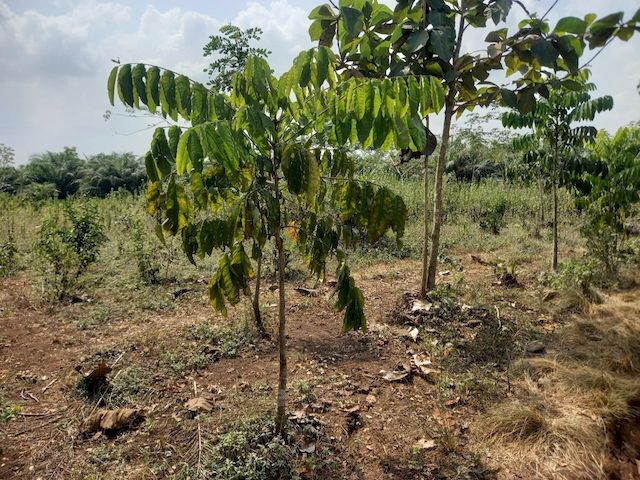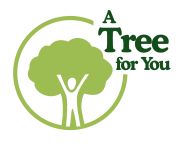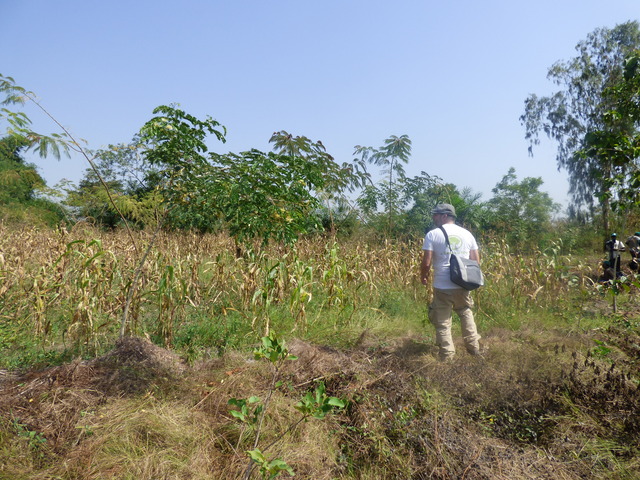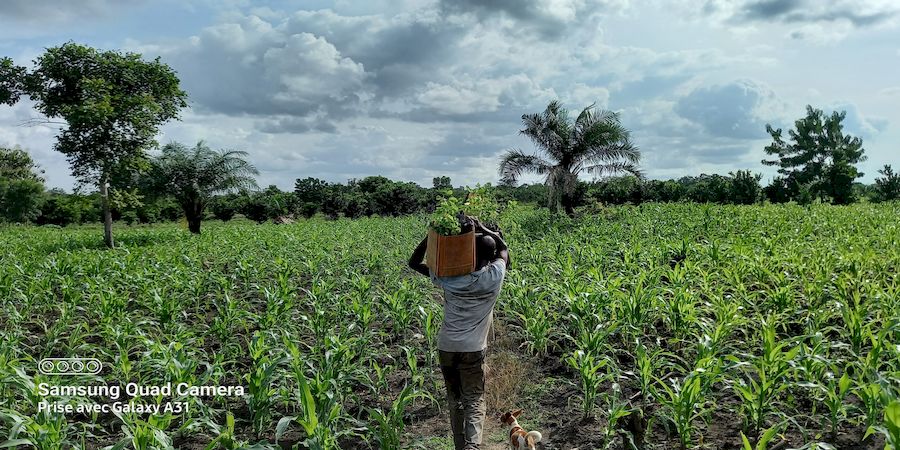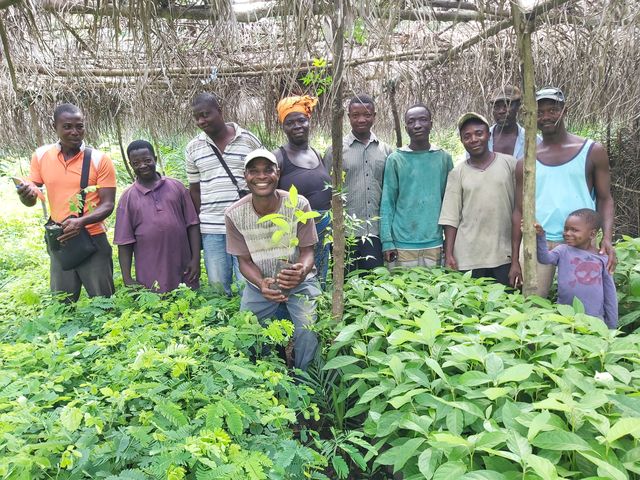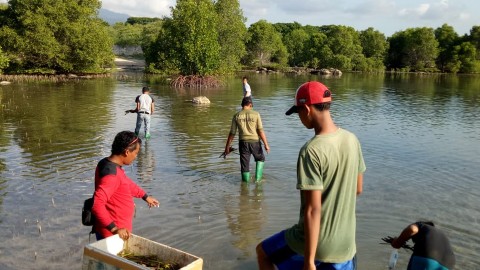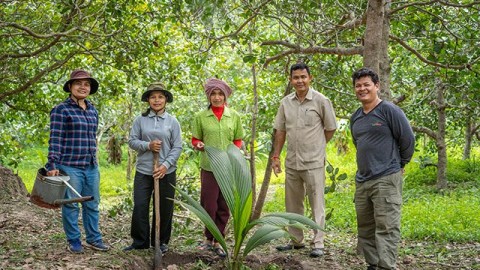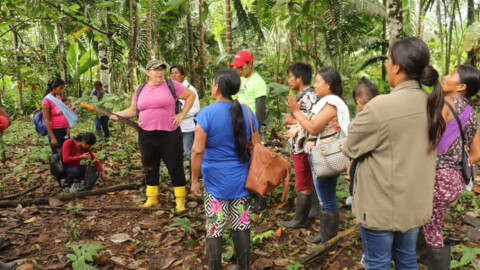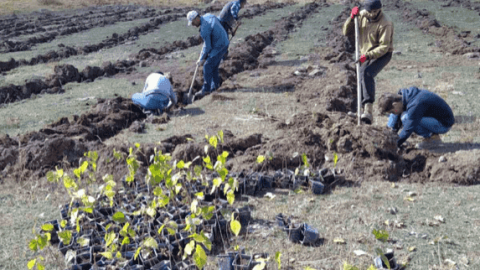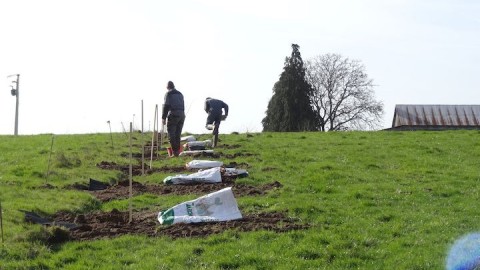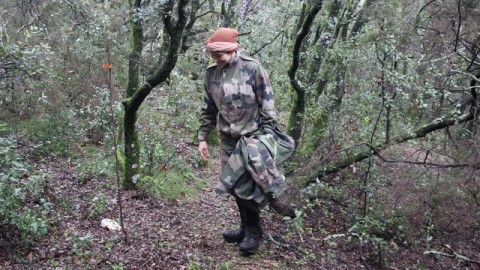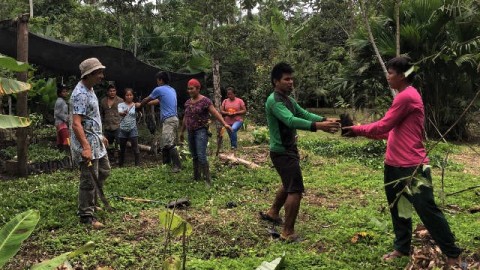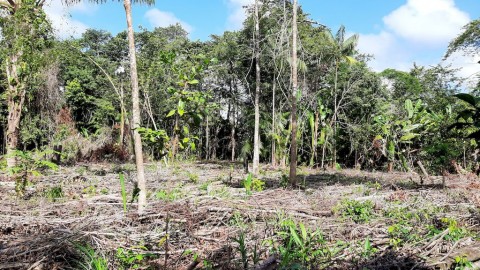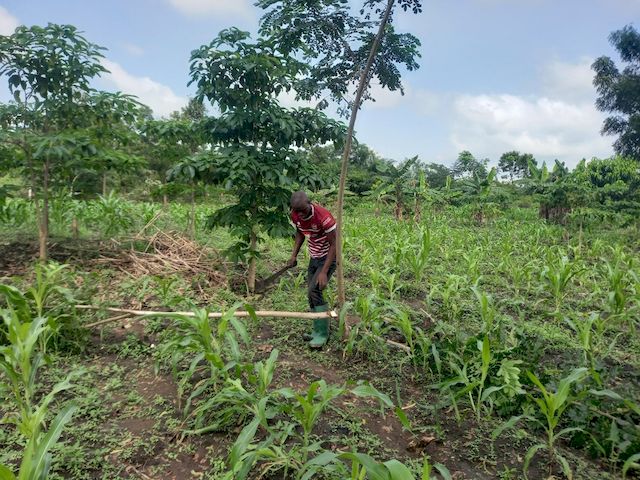
Bolou Ativimé, Bolou Gatigbé, Bolou Agbadomé, and Bolou Klokpoe, Togo, March 2023
Summary of project goals
The agroforestry and forestry project was carried out in the villages of Bolou Ativimé, Bolou Gatigbé, Bolou Agbadomé, and Bolou Klokpoe, located in the Zio river valley. It involved planting fertilizer and fruit trees on farmers’ plots to enrich biodiversity and soils, and so boost yields of food crops and avoid having to use chemical inputs and GMO seeds.
To deliver these benefits, 65,000 trees of around ten different species were planted by more than 2,000 beneficiaries from the four villages, which is higher than the initial objectives.
Overview of the different stages of the project
The project started in January 2020 in the four villages with a presentation to inhabitants of the project and its benefits by technicians romf APAF Togo. Next, interested farmers could sign up to become beneficiaries. As participants, they were trained in agroforestry, gained awareness of climate change and bush fire impacts, and played an active role in setting up and running the community nursery.
In the four villages, Samanea samane, Albizzia Stipulata, Terminalia superba, Albizia lebbeck, Khaya grandifoliola, Tectona grandis, and Gmelina arborea seedlings were produced in the nursery with support from local technicians.
In particular, beneficiaries took part in building shade houses, potting and aligning sachets, pre-germination of fertilizer and forest tree seeds, transplanting seedlings, and looking after and watering seedlings up until their distribution.
Once the seedlings reached maturity, they were distributed to the beneficiaries who were then responsible for planting them. At this stage they were accompanied by technicians from the local NGO APAF Togo. The species planted by the village participants are as follows:
| Speecies planted | Ativime | Gatigblé | Klokpoé | Agbadomé | Total | Percentage |
| Albizia lebbeck | 1,475 | 3,270 | 2,481 | 1,500 | 8,726 | 13.3% |
| Samanea saman | 2,250 | 3,090 | 2,400 | 2,650 | 10,390 | 15.84% |
| Albizia stipulata | 1,250 | 3,690 | 2,700 | 1,200 | 8,840 | 13.47% |
| Khaya grandifoliola | 2,550 | 3,185 | 1,850 | 2,400 | 9,985 | 15.22% |
| Terminalia superba | 2,650 | 3,500 | 3,550 | 2,550 | 12,250 | 18.67% |
| Tectona grandis | 2,500 | 2,625 | 1,850 | 1,950 | 8,925 | 13.6% |
| Gmelina arborea | 500 | 500 | 0.76% | |||
| Persea americana | 0 | 376 | 50 | 0 | 426 | 0.65% |
| Citrus limon | 0 | 1,100 | 2,315 | 1,900 | 5,315 | 8,1% |
| Cola nitida | 50 | 50 | 100 | 50 | 250 | 0.38% |
| Total | 12,725 | 20,886 | 17,796 | 14,200 | 65,607 | 100% |
Once the trees were planted, monitoring and maintenance of the plots by the beneficiaries began. The latter had been trained and follow-up visits by the technicians ensured the training was being put to proper use in the field.
During these visits, the technicians checked the plots were being well maintained (weeds can choke young trees), that there was not too much shade and associated crops were not hindering tree growth. The technicians also took the opportunity to assess the survival rate of the trees planted and advise the beneficiaries.
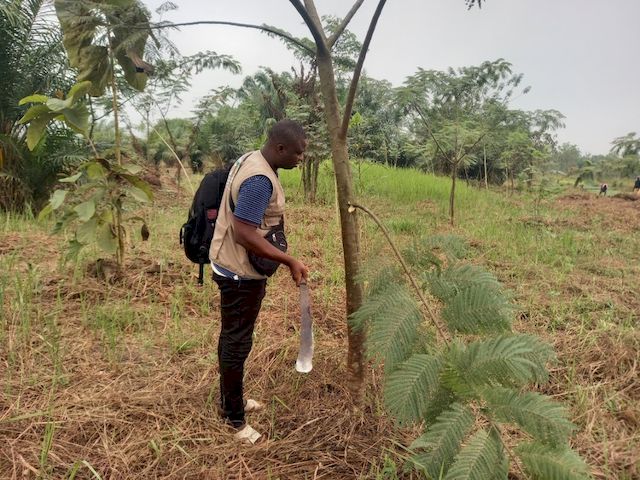
The project has achieved its objectives and the beneficiaries are delighted!
Great news, three years after planting, the results obtained for the project exceed initial objectives! The survival rate of the trees is good: 88.41% survival for fertility trees, 78.75% for forest trees, and 90.04% for fruit trees.
| Indicators | Target results | Bolou Ativémé | Bolou Gatigblé | Bolou Agbadomé | Klokpé | Final results |
| Beneficiaries trained | 1,600 | 434 | 550 | 495 | 600 | 2,079 |
| Total trees planted | 40,000 | 11,453 | 17,952 | 12,134 | 13,505 | 55,044 |
| Fertiliser trees | 25,000 | 4,552 | 8,819 | 4,780 | 6,566 | 24,717 |
| Forest trees | 11,500 | 5,851 | 8,040 | 5,366 | 5,676 | 24,933 |
| Fruit trees | 3,500 | 1,050 | 1,093 | 1,988 | 1,263 | 5,394 |
The beneficiaries chose to plant more forest trees in the surrounding savannahs than originally planned. This was because of the severe lack of fuelwood and timber in the area. They also asked to plant more fruit trees for their own use and to generate extra income.
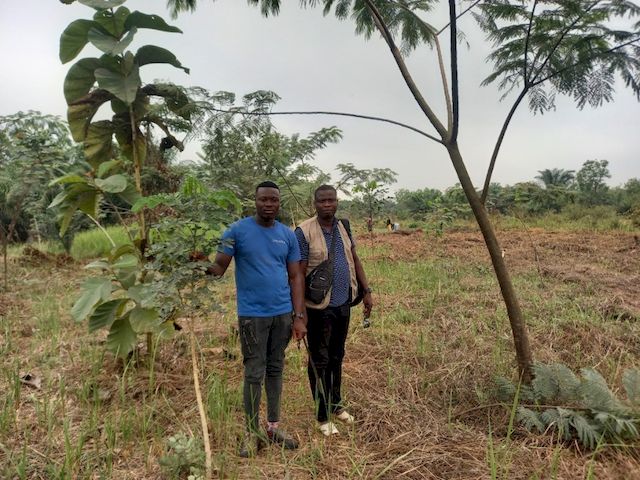
The close collaboration between the beneficiaries and the local NGO APAF Togo at every state in the project implementation is one reason why the activities proved a success. The beneficiaries are keen for this project to continue in the area. A Tree for You has therefore decided to continue supporting this project in the region, together with APAF Togo, and finance planting of more trees with other beneficiaries. A new project will soon be open for funding on A Tree for You’s website.
